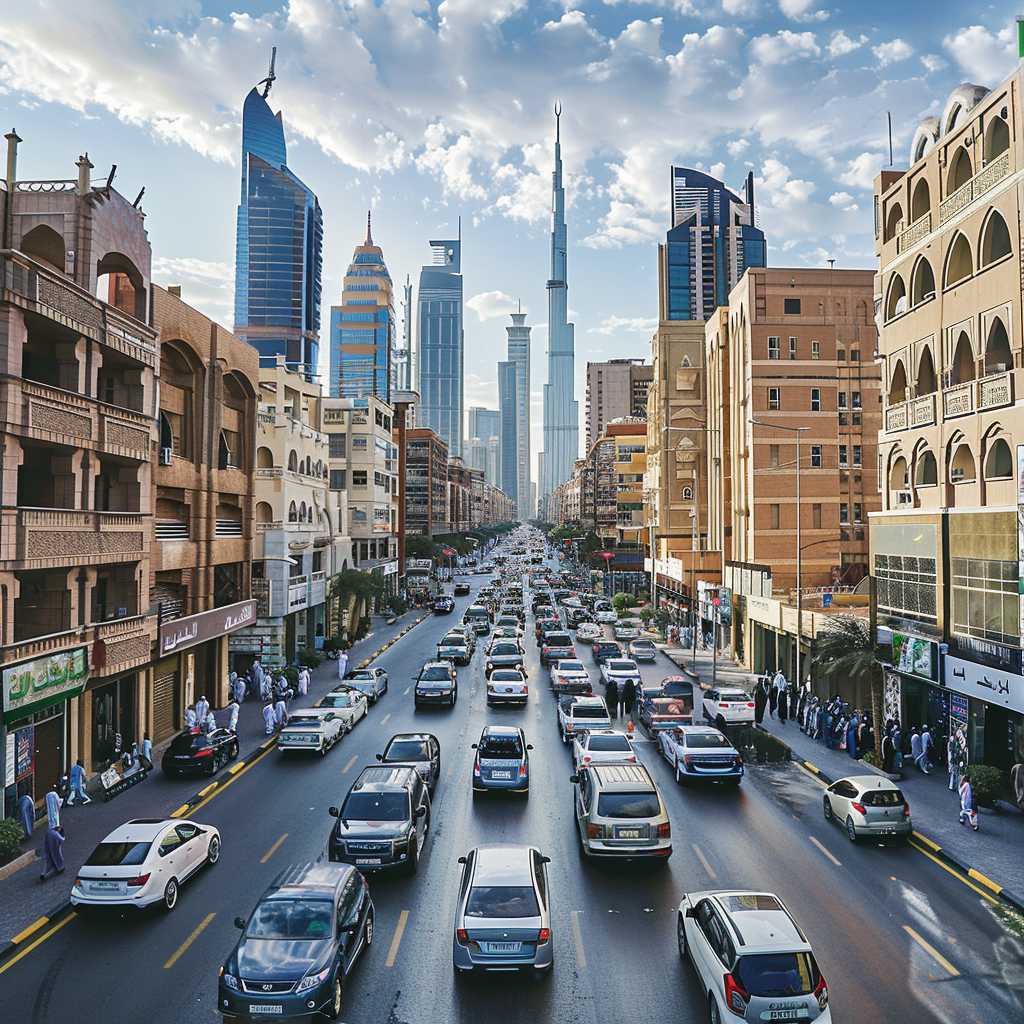Understanding Saudi Arabia: Politics, Society, and Economy
Overview of Saudi Arabia
Saudi Arabia, officially known as the Kingdom of Saudi Arabia (KSA), stands out as an influential country in the Middle East and the world at large, chiefly due to its vast oil reserves, its role as the birthplace of Islam, and its strategic geopolitical location. Bordered by Jordan, Iraq, Kuwait, Qatar, Bahrain, the United Arab Emirates, Oman, and Yemen, it has access to key waterways like the Red Sea and Persian Gulf. This expansive nation—an amalgam of historical bedouin culture and modern economic prowess—plays an essential role in regional politics, culture, and global energy markets.
Politics and Governance
At the helm of Saudi Arabian politics is the Al Saud family, with a governance structure that merges dynastic rule with religious influences rooted in Wahhabism—a strict interpretation of Sunni Islam. The King of Saudi Arabia serves not only as the head of state but also holds the title “Custodian of the Two Holy Mosques,” underscoring the kingdom’s deep ties to Islamic heritage. With no elected parliamentary institution, decision-making primarily rests with royal decrees and a consultative assembly known as the Shura Council. In recent years, there have been cautious strides towards social liberalization and economic diversification under initiatives like Vision 2030 led by Crown Prince Mohammed bin Salman.
Economy: The Oil Behemoth
The bedrock of Saudi Arabia’s wealth lies in its oil industry—home to state-owned behemoth Saudi Aramco—and its status as one of the leading oil exporters globally. Possessing approximately 17% of the world’s proven petroleum reserves, the kingdom’s economy historically soared upon this single commodity. However, in light of fluctuating oil prices and growing calls for sustainable energy solutions, there is a marked shift towards reforming its economy. Besides petrochemicals, sectors such as tourism—especially religious tourism pertaining to Hajj and Umrah—have emerged as critical aspects of economic diversification.
Social Dynamics and Cultural Heritage
Saudi society is characterized by a conservatively rich tapestry of traditions coupled with socio-economic stratifications encompassing a wide array of non-nationals working within its borders. While traditional gender roles have historically been strict—manifesting in regulations such as the guardianship system—they have shown signs of relaxation in recent years, including greater freedoms for women. Cultural heritage remains steeped in Bedouin customs and Islamic legacies, including architecture such as historical sites in Diriyah and art forms like Al Ardah, a traditional Saudi dance.
Foreign Relations and Regional Influence
Saudi Arabia exerts substantial influence within the Arab world and globally through its energy exports, investment funds, and as a pivotal player in OPEC (Organization of Petroleum Exporting Countries). Its foreign policy is hinged on navigating complex relationships with neighboring Middle Eastern countries, managing its international image amidst human rights critiques, and balancing ties with major powers like the United States and China. The kingdom has led military interventions like the intervention in Yemen while fostering ties with nations across multiple continents through investments and diplomacy.
Vision 2030: A Glimpse into the Future
Initiated by Crown Prince Mohammed bin Salman, Vision 2030 is envisaged as a transformative blueprint for reducing oil dependency and preparing Saudi Arabia’s economy for a post-oil era. Vision 2030 highlights several strategic objectives: diversification of national revenue streams, development of public service sectors like health care and education, promotion of private sector growth, tourism advancements, including mega projects like NEOM—a planned cross-border city in the Tabuk Province—and championing cultural initiatives.
Challenges Ahead
Saudi Arabia continues to face numerous challenges as it balances domestic reforms with preserving traditional values. Issues like human rights practices—including freedom of expression and treatment of dissidents—draw international scrutiny. Economic reforms must address unemployment among youth populations while coping with market volatility amid global shifts towards renewable energy sources. Moreover, regional conflicts—as seen in Yemen and contentions with Iran—pose ongoing dilemmas about security strategies and diplomatic resolutions.
Notes
Image description: A panoramic view capturing a bustling street in Riyadh against a backdrop of sky-piercing modern skyscrapers flanking traditional buildings demonstrates Saudi Arabia’s blend of time-honoured culture with economic ambition.

